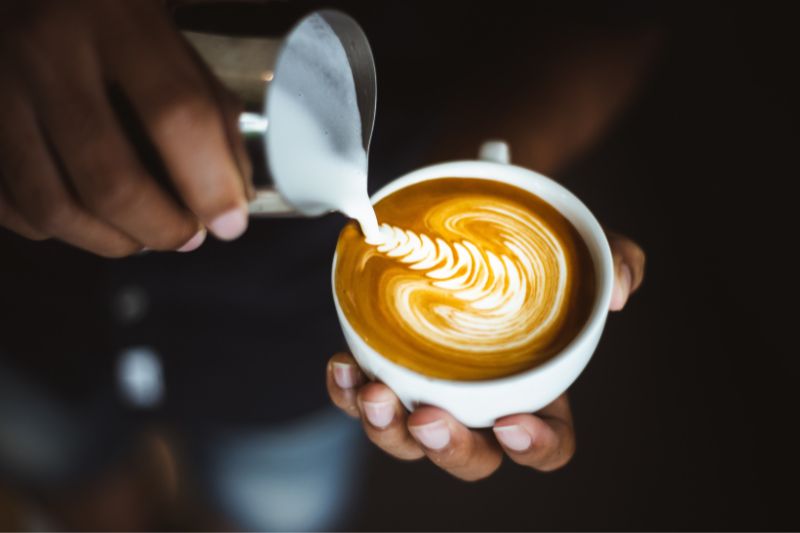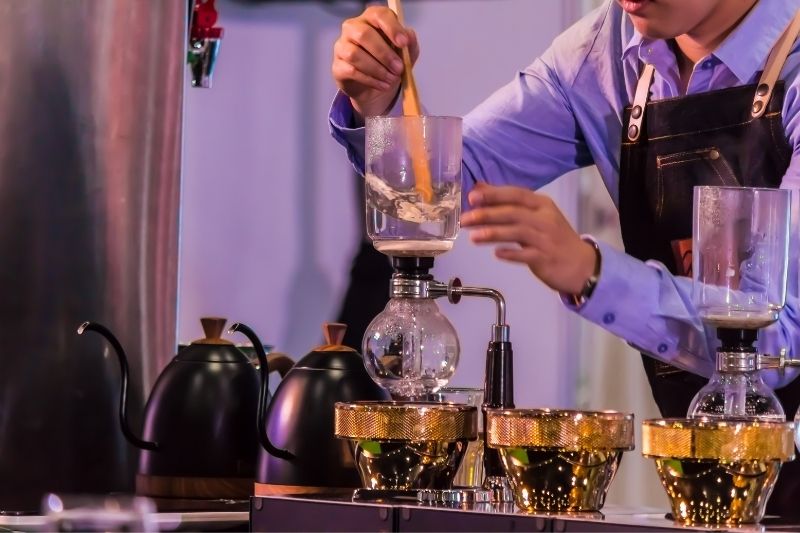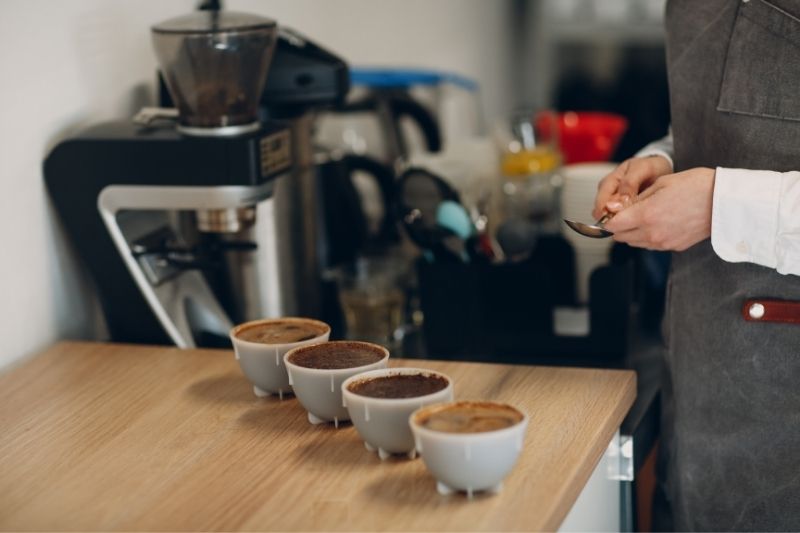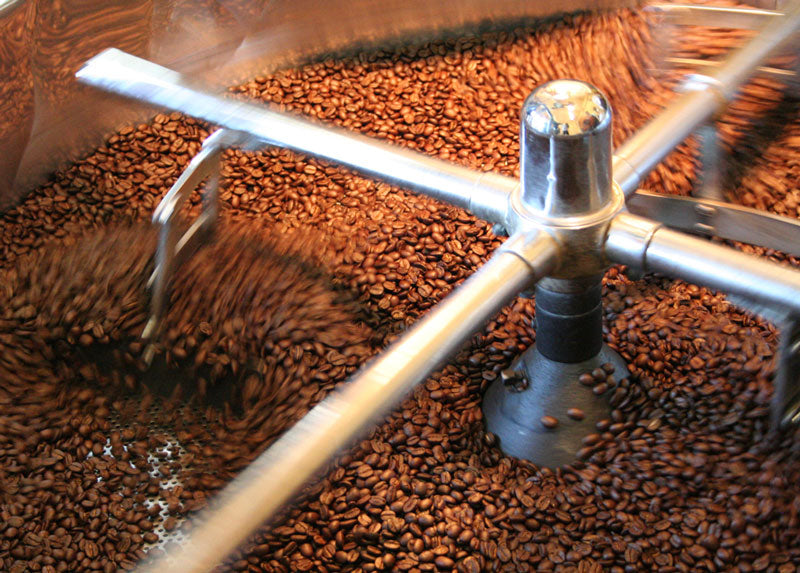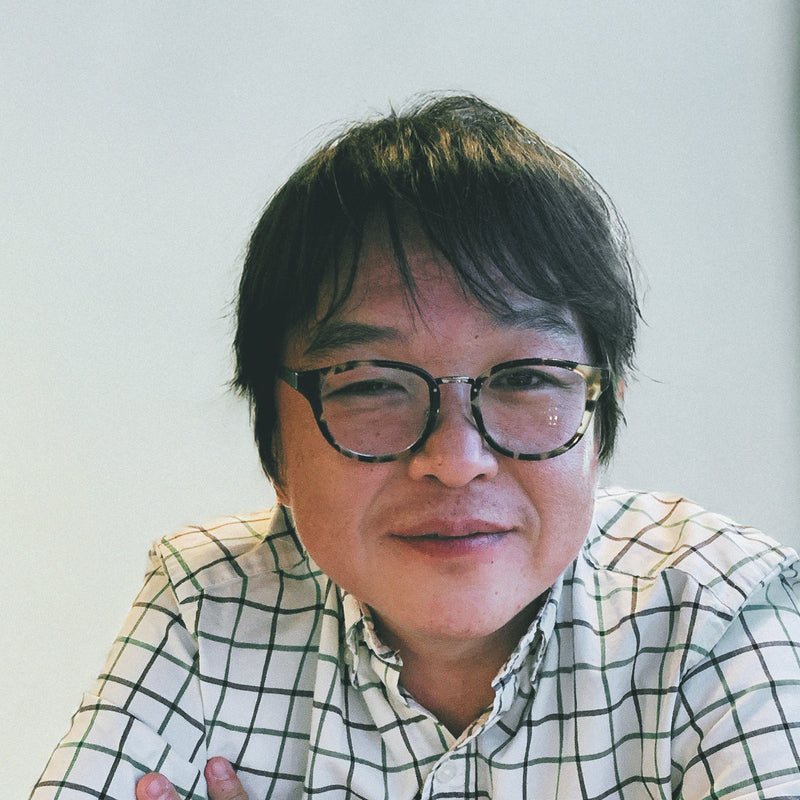Introduction
There is over a dozen of competitions and presentations in the country of cherry blossoms directed to the coffee-lover community.
None of them can identify as truly “Japanese” like the national Hand Drip Championship.
If you are looking for a competition fully imbued with the cultural core values, one oriented both towards mastery and elegance, you are in the right place.
But before we look into the competition itself, let’s see, what these values are, for those unfamiliar, and what constitutes the Hand-drip method?

Japanese Core Cultural Values in the Championship
The Hand Drip Championship is exclusive to Japan, mainly because of its unique character.
Unlike the Japan Siphonist Cup, which originated in Japan and from there spread to the world, the Hand-drip didn’t make that much of an impression…to foreigners at least.
That doesn’t have anything to do with the inherent qualities of the Championship itself, but mainly with the core values that course through it every step of the way.
While most coffee championships have an aspect of creativity on top of technical skill, the Hand-Drip is far more precise in its judgement.
As you will read below, elegance and grace in terms of workflow, attention to detail and a structure around proper form are heavily pronounced.
It might seem a bit sterile to outsiders, lacking the individuality ingredient in the process, but no other competition evaluates technical perfection as this one.
As you will read below, the Hand drip method, in its Japanese format, takes years, even decades sometimes, to truly master, so the competitors will have to present an exquisite cup to the judges if they are aiming for the top.
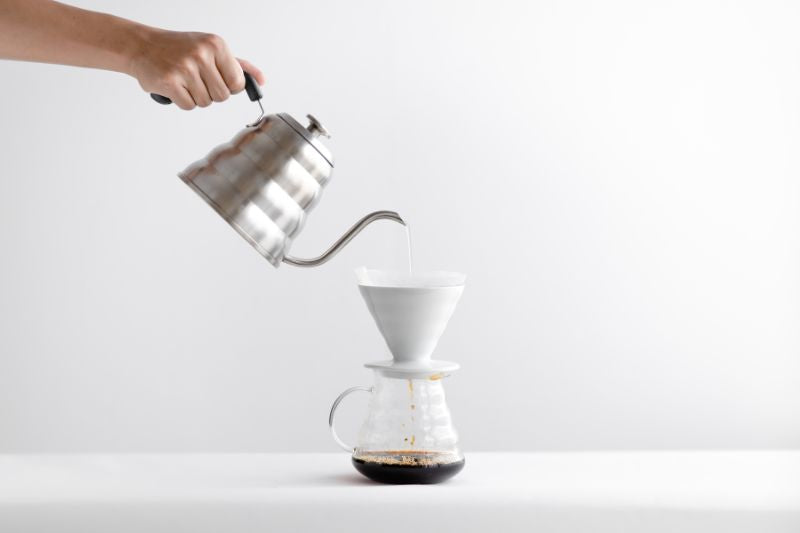
What is the Japanese Hand Drip Method?
Now, the Hand drip extraction, is the most popular method in Japan, both for cafeterias and homemade coffee.
All it really requires is a jug, a common pour-over dripper, a filter, and some ground coffee. Using a gooseneck kettle is also advised as it will help control the flow of the water.
In the Hand drip method, you basically do what the name suggests. You brew your coffee by hand. There are several variations of the method but the one encountered in Japan has some unique traits that make it slightly more demanding than the rest.
Gravity is mainly put on the brewing duration, while the intervals of pouring water are also capitalized. The flow of water will play a significant part to that accuracy, hence the utility of the gooseneck.
The water temperature is ideally around 85-90 degrees Celsius, and the amount used depends on the quantity of coffee.
As a rule of thumb, 18-20 grams to 150-200 ml of water is a solid ratio. It does come down to the coffee you are using and the grind size too, but you adjust based on your own taste and your selected beans.
That exact adaptability, in combination with the precision required to get the intervals right, is what makes the method so popular. That, and the incredible results it can harbor when done properly.
Normally mastering the technique could take years, but there is a group of talented individuals who can really get a “feel for their cup” in a much shorter period of time.
Of course, I am referring to the finalists of the JHDC who make some delightful beverages every single year.

What is the JHDC and what makes it so special?
The Japan Hand Drip Championship, also known as JHDC, was initiated by the SCAJ (Specialty Coffee Association of Japan) in 2012. For those that aren’t aware of the SCAJ and its activities I will link a relevant article right here.
Now back to the Championship!
The tournament is a combination of Japanese ideals and the precision required to master the method. Its goal isn’t to find necessarily the best coffee, but to find people who have truly mastered the technique.
In that context, the participants get to choose neither the coffee nor the equipment throughout the entire competition, and uniformity is one of the most important criteria regarding their performance.
One of the hand drip method’s traits is that, even with the same amount of coffee and water, the taste of two cups can differ a lot if the procedures are not absolutely identical.
Basically, everyone is given the same cards at the start of the competition, but the way they play them is 100% up to them.
About the Competition
The JHDC is a very easy to participate competition. All you need is to do, is be older than 16 years old and be able to communicate in Japanese. People under 18 need to submit a pledge within one week of the application but that pretty much sums up the restrictions.
There is also a registration fee which is 11.000 yen for SCAJ members and 13.200 yen for non-members. In general, SCAJ members always have a discount in these competitions.
As for the applications, they will be accepted in a “first come first served” manner. A company that wishes to participate can send up to 5 people and the competition is held in two rounds. Qualifying and finals.

The style of the competition
In both qualifying and finals, the participants are asked to make two cups of coffee for each of the 3 sensory judges. That makes a total of 6 cups.
The only difference between the two kinds, is that they have a different amount of water. Naturally, that means they also have a different amount of coffee used to brew them.
The amount of the first is around 150-200 ml, while the second is around 300-400 ml. The coffee blend is the same, distributed by the JHDC committee, and the profile is known to the judges beforehand.
The aim of this style of competition is to test if the participant is consistent with the taste, body and uniformity of his cups despite the difference in water amount.
There are no rules about the sequence of brewing, but usually people do the first and then the second.
This style of competition doesn’t change throughout the entire tournament.
Qualifying rounds
The qualifying rounds take place in multiple districts of Japan with up to 16 or 32 participants per district. Of all the participants, only 14 will progress to the finals which are held usually more than a month after.
In the qualifying rounds, the competition is blind, so the judges know neither the name nor the face of the competitor. For that blind round, the competing duration is 8 minutes, with 17 minutes of preparation time.
During the preparation time, the competitors can do anything they want. They can organize their counter, prepare the coffee for test-tasting, rehearse the procedure and basically operate freely. Of course, no extraction is valid unless it starts in the 8-minute timeframe of the actual competition time.
After the qualifying rounds, we get to the real Championship where the participants are asked to compete in two parts, called drip and free competition.
Drip competition
The first is a blind competition identical to the qualifying round, where both coffee and equipment are provided by SCAJ. The participants are asked to select from the equipment available but other than that they have no choice over their tools.
Everything, from thermometers to kettles and brewers, is put in display by SCAJ and they have to be picked by the participant on the spot.
The timeframe of the drip competition is also the same, 8 minutes with 17 to prepare.
Free Competition
The content of the second part is different, however. JHDC will pre-distribute 1 kg of single-origin coffee beans ideal for the competition to each athlete for practice approximately one month beforehand.
On the day of the championship, they will distribute an almost identical in roast, variety, and taste coffee bean mix, to be used in the tournament. At this point the coffee bean profile has also bean published so the competitor knows what they are dealing with.
They will be given 5 minutes to prepare and 10 minutes to compete in this part, which is called a “free competition”.
In this one, instead of a blind tasting, the participants will have to make a presentation to the judges which is evaluated and will play a significant part in their results.

It should also be noted that no other ingredients other than the coffee beans distributed and the water are to be found in the participant’s drink.
What is judged is the mastery of the technique above all else. Anything that affects that externally means instant disqualification.
In the same context, the cups should be identical, the equipment of the participant is only that which is provided by the committee, and ingenuity and creativity anywhere in the process are not evaluated.
In the end, the winner amongst the finalists is awarded a monetary prize and a certificate. The second and third places are granted a supplementary prize and a certificate too.
Evaluation criteria
In this competition you will find that both the technical and sensory scoresheets remain the same in both qualifying and final rounds.
The main difference is that for the “free competition” that has a presentation as well, the overall performance is evaluated too.
There is a total of 4 judges, 3 sensory and 1 technical, while the scale has a 0.5-point structure out of 10. Like other coffee-related championships, there are yes and no questions counting as single points, mainly to be found in the technical sheet.
Technical Criteria
The technical criteria only come in the form of yes or no questions in this tournament, always aiming to identify mastery of technical skills.
For starters, temperature is given substantial gravity as it needs to be roughly the same for both drinks, both the smaller and the larger.
The extracted coffee, as the ground beans are identical for all contestants, has to meet some certain profile requirements.
The competition should be finished withing the set timeframe, and the same applies for the preparation time as well.
Last but not least, cleanliness and organization play an integral part as they are imperative indicators of the workflow of the competitor.
Sensory Criteria
For the sensory judges, as expected, the orientation is different. There are 6 traits that are checked and evaluated on the /10 scale.
These 6 are: flavour, texture, aftertaste, balance, comprehensiveness, and cup uniformity. Of those 6, cup uniformity alone has a x2 multiplier attached to it.
Comprehensiveness stands for the looks of the drink, whether it has the same colour and density from top to bottom.
Uniformity on the other hand looks into whether the two different beverages the participants present, have the same density and colour with one another. It could also be called “Consistency”.

Of course, the overall performance and presentation play a key part too, heavily impacting the end result.
The judges, knowing beforehand exactly what the coffee should taste like, they have a direct reference to what they are presented in the tournament.
As they already know what the ideal cup for that particular coffee tastes and feels like, they check to see how close the contestant can get to that. How well have they mastered the technique to make the best out of their given coffee?
If the competitor can maintain the traits without failure as the coffee cools down, that’s even better.
Conclusion
Summarizing I believe that out of the wide variety of coffee-related events found in Japan, none even comes close to the unique cultural traits like the Hand Drip Championship.
Looking for true mastery of the most popular brewing method in the country, excellence is positively the only thing you will encounter if you get the chance to attend to it.
It doesn’t really have any additional differences per competitor, as they all use the same method and the same ingredients, but this is what I believe to be truly intriguing.
How can people who work with roughly the same ingredients make results with such overwhelming disparity to each other?
For all coffee-lovers who love the Hand Drip method, I strongly advise that you watch this at least once!
Now, to watch the championship live, I was unable to find any platforms broadcasting or streaming it. However, you can find past performances of most finalists on YouTube or even watch the tournament in person, once the Covid regulations have been lifted. Most of the SCAJ events are held in Tokyo and if you wish to watch, you could view the schedule on their website!
Get Free Bonus Books

Sign up for free to the Coffee Club to get advice and exclusive articles about how to choose Japanese Coffee, and tips, tricks, and recipes for enjoying Japanese coffee.
About the author
Kei Nishida
Author, CEO Dream of Japan
Certification: PMP, BS in Computer Science
Education: Western Washington University
Kei Nishida is a passionate Japanese tea and coffee connoisseur, writer, and the founder and CEO of Japanese Coffee Co. and Japanese Green Tea Co., both part of Dream of Japan.
His journey began with a mission to introduce the world to the unparalleled quality of Japanese green tea. Through Japanese Green Tea Co., he established the only company that sources premium tea grown in nutrient-rich sugarcane soil—an innovation that led to multiple Global Tea Champion awards.
Building on this success and his passion for Japanese craftsmanship, Kei expanded into the world of coffee, pioneering the launch of Japanese Coffee Co., the first company to bring Sumiyaki charcoal-roasted coffee to a global audience. His dedication to authenticity and quality ensures that this traditional Japanese roasting method, once a well-kept secret, is now enjoyed worldwide.
Beyond tea and coffee, Kei has also introduced Japan’s legendary craftsmanship to the world through Japanese Knife Co., making handmade katana-style knives—crafted by a renowned katana maker—available outside Japan for the first time.
Kei’s journey continues as he seeks out and shares the hidden treasures of Japan, one cup and one blade at a time.
Learn more about Kei

